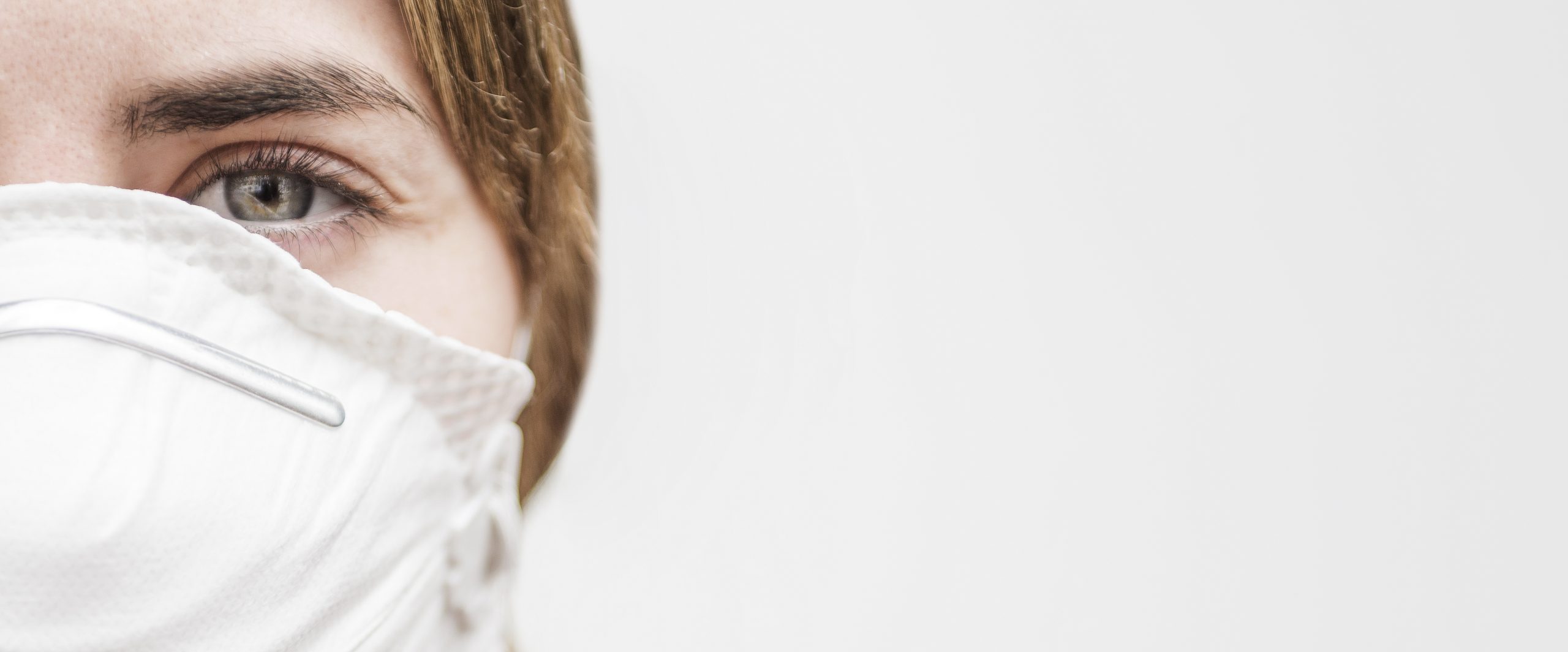The COVID-19 pandemic, which has hit the world over the past year, has resulted in the spread of a number of protective measures we were not used to, such as the use of face masks and hand sanitisation, which have made it possible to control the spread of the SARS-CoV-2 virus.
In order to avoid crowds, even in the workplace, many activities have taken place and are still taking place in smart working, thanks to the use of digital devices and virtual platforms, resulting in a considerable increase in time spent in front of computer screens.
All the measures taken have proved to be crucial in stemming and limiting infections with the new coronavirus, but ophthalmologists point to a parallel increase in reports of dry eyes, often due precisely to the prolonged use of digital devices and face masks.
Scientists at the Centre for Ocular Research & Education (CORE) in Waterloo, Canada, have named MADE (Mask-Associated Dry Eye) to dry eye syndrome associated with the use of a mask.
In particular, the prolonged use of masks can cause dry eyes because exhaled air tends to drift upwards and thus towards the eyes: this flow of air directed towards the surface of the cornea can cause an acceleration in the evaporation of the tear film, leading precisely to dryness and irritation of the eyes.
This process, which can cause dry eye syndrome even in patients who have never previously suffered from this condition, can also worsen dry eye syndrome in patients in whom the condition is already present, or in women with post-menopausal dry eye and in people who use smartphonecomputers or other digital devices for more than 2 hours at a time.
Symptoms of dry eye syndrome may worsen after prolonged use of masks in elderly patients, patients who have undergone eye surgery, contact lens wearers and people who work long hours in air-conditioned environments.
In addition to the discomfort due to dry eyes, patients with MADE may inadvertently rub their eyes, increasing the possibility of their hands, which are not always thoroughly washed, being brought to their face and thus the risk of incurring a coronavirus or other eye infection.

How to prevent MADE
In order to contain the global COVID-19 pandemic, it is everyone's responsibility to wear a face mask in indoor public places and in all gatherings, even when dealing with dry eyes.
However, there are some precautions that can be taken to prevent MADE:
- -Wear goggles correctly, so that they fit snugly around the face, especially at nose level, to prevent exhaled air from reaching the eyes. This tip should especially be borne in mind when wearing spectacles or sunglasses;
- -people who experience dry eye symptoms due to prolonged use of masks should take regular breaks and go to environments where it is possible to remove the mask and allow the eyes to lubricate and recreate the tear film;
- -frequent use of lubricating eye drops, on the advice of an ophthalmologist, can be helpful in reducing dry eye symptoms;
- -it is important to limit the time of exposure to air conditioning;
- -take regular breaks from digital devices by following the 20:20:20 rule (every 20 minutes spent in front of the screen, take a 20-second break, staring at a point 20 feet -that is, about 6 metres- away to minimise eye fatigue).
It is important to remember that MADE should not be used as an excuse not to wear a mask, but it may be useful to consult an ophthalmologist to receive all specific indications to limit discomfort due to dry eyes.
Indeed, let us not forget that the eyes remain vulnerable to infection, especially in dry conditions, as the tear film is an essential barrier against pathogen invasion.
Bibliography:
- Suresh K Pandey, Vidushi Sharma, Mask-associated dry eye disease and dry eye due to prolonged screen time: Are we heading towards a new dry eye epidemic during the COVID-19 era?, Indian J Ophthalmol. 2021 Feb;69(2):448-449. doi: 10.4103/ijo.IJO_3250_20.
- Majid Moshirfar, William B West Jr, Douglas P Marx, Face Mask-Associated Ocular Irritation and Dryness, Ophthalmol Ther. 2020 Sep;9(3):397-400. doi: 10.1007/s40123-020-00282-6.
Dr. Carmelo Chines
Direttore responsabile
